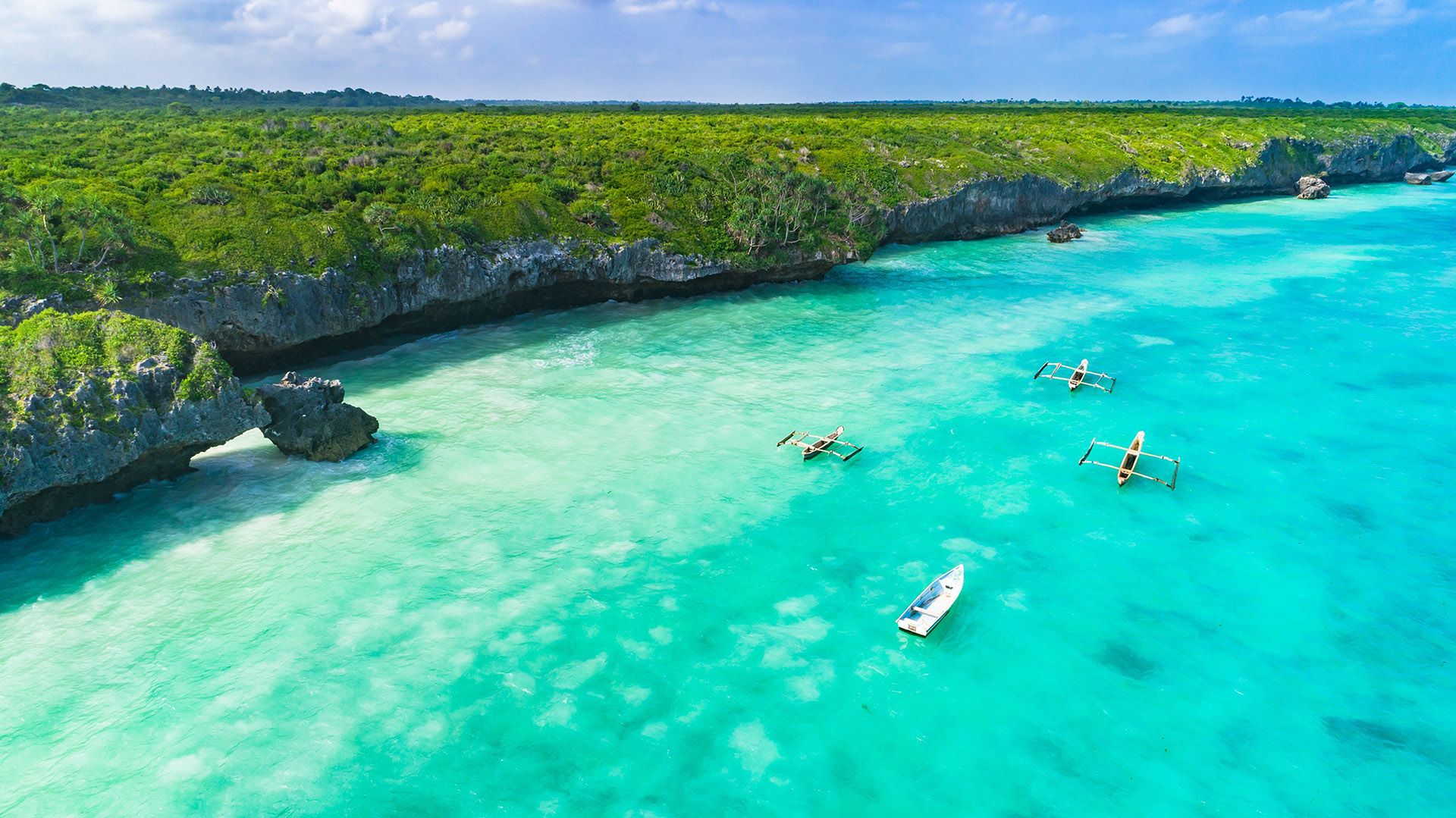5. Visit the slave market and the Anglican Cathedral
Zanzibar’s not just spice and sunshine. For over a century, it was East Africa’s biggest slave trading hub. Thousands were bought and sold here, often in brutal conditions. Today, the site of the former slave market in Stone Town holds a quiet, heavy power – and it’s something you shouldn’t skip.
Start at the Anglican cathedral, built directly on top of the market after the trade was abolished. Look closely – part of the altar stands where the whipping post once was. The church itself is modest, with a stained-glass window in memory of David Livingstone, the Scottish missionary who helped expose the slave trade’s horrors to the world.
Next, head underground to the slave chambers. Two small, airless cells where up to 75 people were crammed at a time, chained to the walls with barely any light. It’s uncomfortable, confronting, and important.
There’s also a small but informative museum with photos, timelines, and testimonies. Take your time. Don’t rush through. You’ll walk out with a better understanding of the island’s history – and why the past still matters.
6. Take a Swahili cooking class
Zanzibar’s food isn’t just something you eat – it’s something that tells you where you are. Coconut, lime, chili, cloves, tamarind – it’s all here, mixed with Indian, Arab, and African influences. A Swahili cooking class is one of the best things to do in Zanzibar to connect with that blend – and leave with more than just fridge magnets.
Most classes happen in local homes or small outdoor kitchens, especially in Stone Town or nearby villages. You’ll start in the market, basket in hand, picking out vegetables, spices, and maybe a whole fish if it’s on the menu. Your guide will explain what’s what – how to tell fresh from overripe, what you can haggle for, and what locals cook every day.
Then comes the real work. Peeling, grinding, stirring – most meals are made with minimal tools and maximum flavor. You might cook biryani, pilau rice, octopus curry, or green banana stew. Dishes are usually slow-cooked, coconut-heavy, and served with chapati or ugali on the side.












